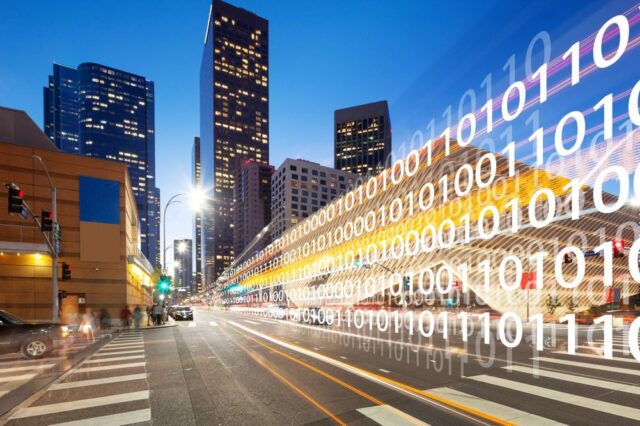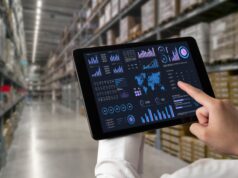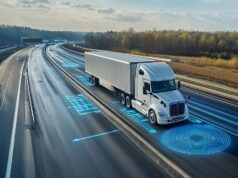In our time of unprecedented urbanization, technology is playing a pivotal role in unlocking innovations that enhance how cities serve their ever-growing populations.
As urban centers continue to experience rapid growth, the concept of smart cities has emerged, which harness the power of things like connected sensors, data analytics, and automation to improve livability and sustainability.
Dynamic Traffic Management
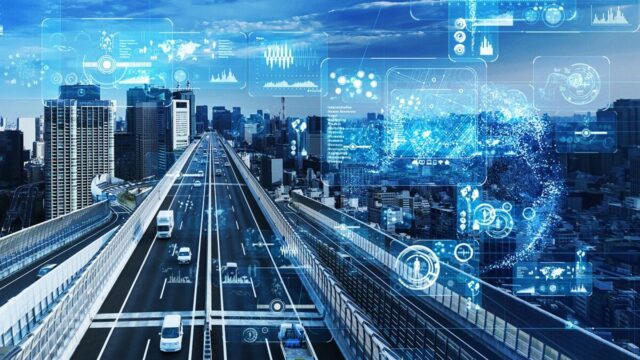
Traffic congestion remains a persistent challenge that throttles productivity, with lengthened commutes and supply chain delays hampering economic growth.
Smart city infrastructure looks to mitigate this problem by monitoring real-time traffic flows and actively managing conditions to alleviate jams.
Advanced sensor networks identify high-occupancy lanes and adapt light sequencing to peak directional volumes, ensuring smoother traffic flow. Digital alerts and changeable message signs notify drivers of alternative faster routes, further reducing bottlenecks.
Such dynamic traffic management promotes more efficient loading of transportation networks, minimizing wasted time and fuel.
There are companies that specialize in AI-powered traffic automation software, providing cities with innovative solutions for optimizing mobility.
Furthermore, city data integrates with navigation apps that enable commuters to choose optimal transit modes and departure times based on real-time conditions.
This advanced traffic technology saves businesses and individuals valuable time and money while reducing emissions and the overall environmental impact of gridlock.
Intelligent Water Systems
The integration of IoT (Internet of Things) technology into water management systems uses sensors, predictive analytics, and automation to optimize quality, distribution, and conservation.
Detection infrastructure instantly alerts authorities about leaks, contamination, and pipeline failures before they escalate or endanger public health.
Smart metering tracks household usage patterns, enabling targeted customer savings plans while forecasting infrastructure capacity limits to guide future planning.
Predictive analytics further guide proactive pipe maintenance and pressure tuning to minimize waste and ensure efficient distribution.
During periods of water scarcity, remote valve modulation ensures continual yet reduced flow to essential areas first, prioritizing critical services. Smart water technology cuts long-term supply costs, mitigates disaster risks, and promotes sustainable resource management.
IoT For Smart Communities
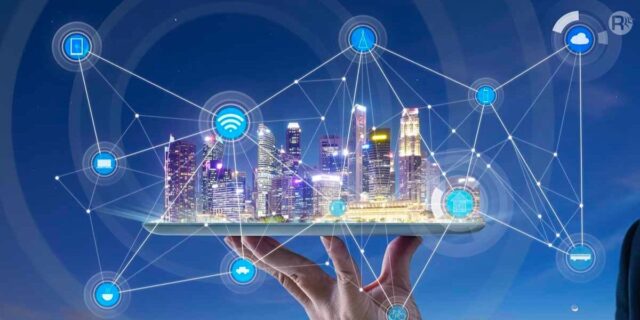
The good folk over at Blues Wireless explain that IoT for smart cities refers to physical devices embedded with network connectivity to monitor statuses or environments in real-time. This technology allows for the efficient management of infrastructure at unprecedented scales.
Smart cities embed millions of IoT sensors across equipment like streetlights, waste bins, irrigation systems, parking spaces, and more. Data feeds flowing from this meshed network into cloud analytics engines uncover operational insights, directing proactive servicing or adaptation decisions.
Waste bins signal when nearing capacity, prompting timely collection, while streetlights dim when roads empty late at night, conserving energy.
Such incremental city-wide optimizing drives massive long-term savings, enhances sustainability, and improves public services, creating a more livable urban environment.
Intelligent Electric Grids
Electrical infrastructure underpins urban life but aging systems and increasing load stresses make delivery unreliable.
Smart grids overcome this challenge by using robust IoT sensors, meters, and software that synchronize production, storage, and transfer capacity with actual demand. This balances the network for stability and prevents power waste or shortages.
Machine learning software also forecasts usage surges tied to events, weather patterns, or seasonal changes, allowing utilities to modulate supply accordingly.
Smart power grids further integrate decentralized green energy sources like rooftop solar without disruption, promoting a more sustainable and resilient energy ecosystem.
Reliable, resilient, and renewable energy keeps city lights on while minimizing environmental impact.
Safety and Security Systems
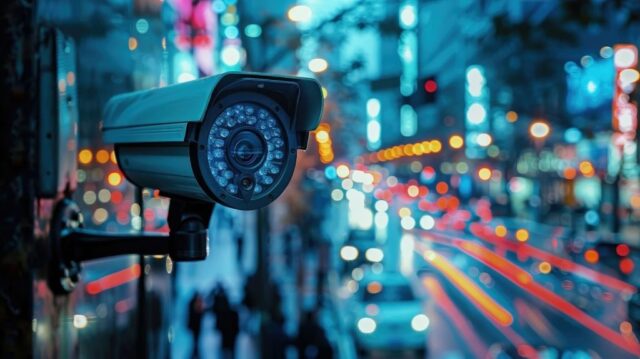
From terrorism to natural disasters and weather events, smart systems bolster civic safety and enable rapid emergency response.
AI-enabled surveillance cameras with object and facial recognition capabilities can identify persons of interest or detect dangerous behaviors, alerting authorities promptly.
Acoustic sensors instantly triangulate gunshots, aiding police dispatch and response times. Flood and air quality monitors also activate automated alerts, helping to coordinate evacuations or provide health guidance faster during disasters.
Residents benefit as well via home IoT detectors for smoke, carbon monoxide, and intrusion, enhancing personal safety. Data integration empowers life-saving interventions while boosting climate resilience and overall public security.
Mobility-As-A-Service (MaaS)
Mobility-as-a-Service (MaaS) merges once disjointed transit modes like public transport, taxis, scooters, and rideshares into unified on-demand options through mobile apps.
This enables seamless multi-hop journeys based on user preferences and real-time conditions. MaaS platforms integrate schedules, pricing, and payments across all providers, creating a one-stop solution for urban mobility.
For example, Uber integrates rental bikes/scooters, shows bus times, and calculates the overall cost for mixed-mode trips.
Bridging a variety of mobility schemes into a single interface means MaaS makes navigating cities far simpler while increasing transit flexibility and accessibility. Unified access to multimodal alternatives reduces private car reliance, alleviating congestion and emissions.
Smart Waste Management
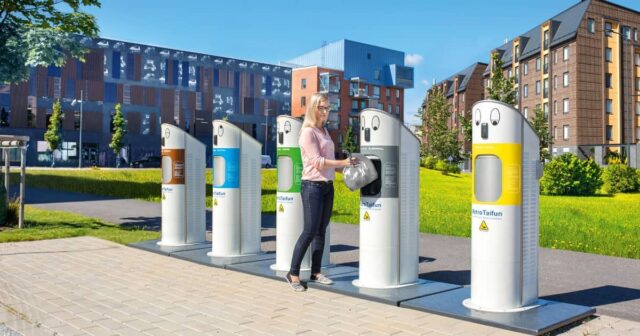
Trash accumulation harms environmental hygiene and the aesthetic beauty of urban landscapes if it is not promptly addressed. However, efficient waste removal and management is a challenging logistical task to coordinate across a sprawling city.
Smart waste infrastructure assists through data-driven collection and monitoring. Volume and weight sensors attached to bins quantify fill levels across the city in real-time.
Cloud analytics then optimize pick-up routes, directing trucks only to sites reaching capacity since the last service.
This eliminates wasted trips to near-empty bins, reducing operational costs and emissions.
RFID tags also trace illegal dumping for enforcement while helping sort recyclables correctly, promoting better waste stream management. Connected waste systems create cleaner and greener urban centers, enhancing public health and sustainability.
Conclusion
Technology holds immense potential for making the environments people live and work in smarter, more responsive, and more sustainable.
The examples discussed reveal enhanced mobility, safety, reliability, and efficiency now possible across critical city infrastructure, from traffic management to utilities and waste systems.
As urbanization accelerates globally in the coming decades, innovations that smooth services, expand sustainability, and improve quality of life will grow ever more critical.
With flexible, proactive, and integrated smart systems, communities can uphold livability and prosperity on pace with rapid expansion. Technology promises a future of civic management that dynamically adapts to meet the evolving needs of tomorrow’s smart cities.

